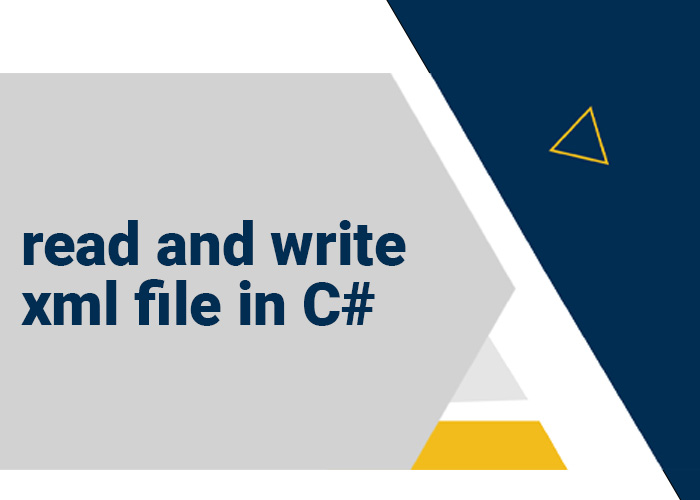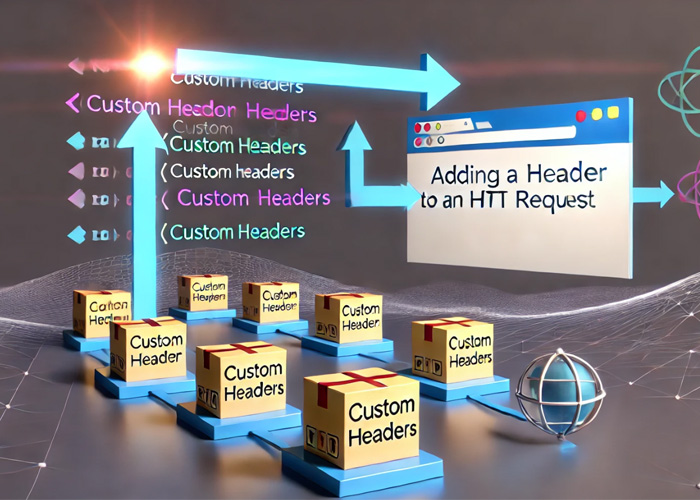Introduction
Resilience in software development is about handling unexpected situations gracefully. Polly, a .NET library, introduces resilience strategies that manage such situations by executing predefined actions. This article simplifies these concepts, making them more accessible to programmers.
Understanding Resilience Strategies
Resilience strategies in Polly are mechanisms that enhance the reliability of your application. These strategies can be categorized into two types:
- Reactive Strategies: These deal with exceptions or specific results from executed callbacks. Examples include Retry, Circuit-Breaker, and Fallback.
- Proactive Strategies: These anticipate issues and take preemptive actions, such as limiting requests or setting a timeout.
Key Reactive Strategies
- Retry: Ideal for transient issues. It retries the operation a set number of times.
- Circuit-Breaker: Acts when a system is overwhelmed, temporarily halting operations to aid recovery.
- Fallback: Provides an alternative action or value when an operation fails.
Key Proactive Strategies
- Timeout: Ensures operations don’t run indefinitely, improving responsiveness.
- Rate Limiter: Controls the rate of operations to manage system load effectively.
Using Polly’s Resilience Strategies
Integrating these strategies into your application involves using Polly’s API to construct a resilience pipeline. Here’s a simple overview of how to do it:
- Choose Your Strategies: Decide which resilience strategies (Retry, Timeout, etc.) are relevant to your needs.
- Build the Pipeline: Use Polly’s builders (ResiliencePipelineBuilder or ResiliencePipelineBuilder<T>) to create a pipeline combining one or more strategies.
Example: Setting Up a Resilience Pipeline
Here's a basic example of how to set up a pipeline with a Timeout strategy:
csharpCopy code
using Polly;
ResiliencePipeline pipeline = new ResiliencePipelineBuilder()
.AddTimeout(new TimeoutStrategyOptions
{
Timeout = TimeSpan.FromSeconds(5)
})
.Build();
Handling Faults with Reactive Strategies
Polly allows you to specify conditions under which a strategy should react. This is done using the ShouldHandle predicate. For example, you might set up a Retry strategy to only retry on certain types of exceptions.
Creating Custom Conditions
You have two main options for defining these conditions:
- Manual Configuration: Use switch expressions or asynchronous predicates for complex logic.
- PredicateBuilder: A utility class for simpler, more straightforward configurations.
Example: Setting Up Conditions
Here's how you might set up a Retry strategy with custom conditions:
var options = new RetryStrategyOptions<HttpResponseMessage>
{
ShouldHandle = args => args.Outcome switch
{
{ Exception: HttpRequestException } => true,
{ Exception: TimeoutRejectedException } => true,
_ => false
}
};
Conclusion
Polly’s resilience strategies provide a powerful toolkit for handling unexpected situations in .NET applications. By understanding and implementing these strategies, developers can enhance the robustness and reliability of their software. Whether it’s retrying operations, preventing overloads, or gracefully degrading functionality, Polly equips developers to create more resilient applications.





